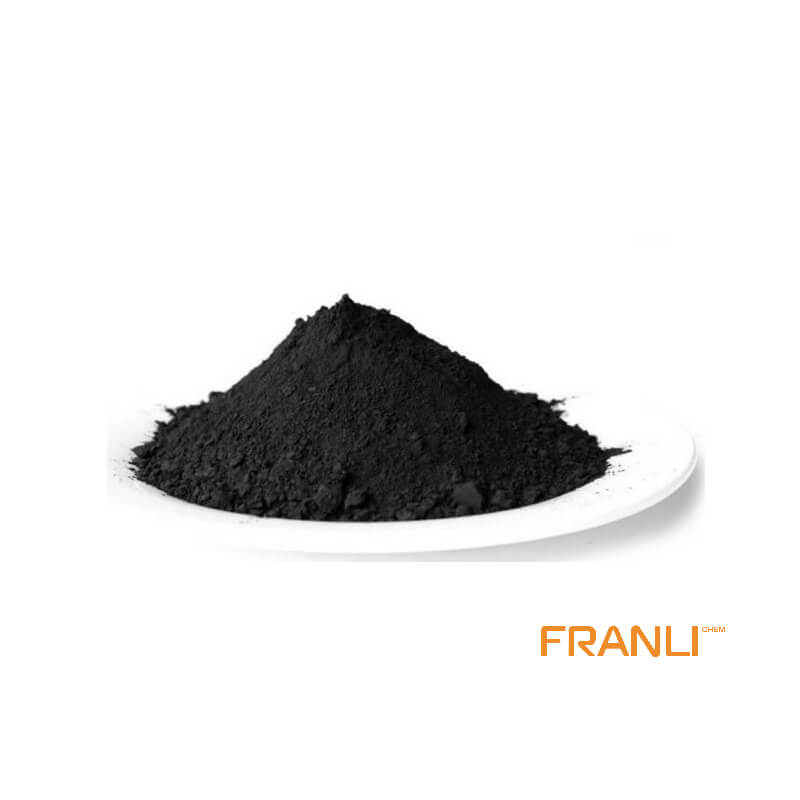Graphite Nanoplatelets
Size
50um/20um/10um
Package
According to customer requirements
Features
High strength, high electrical conductivity, etc.
Application
Can be used as filler(between 0.01% and 5%).
GN(Graphite Nanoplatelets) has excellent properties, such as mechanical properties, lubrication properties and electrical conductivity. It has large diameter thickness ratio, small size and nano thickness, so it is easy to form a good composite with polymer materials. Therefore, it can be used as a modifier in rubber, lubricating oil, polymer and other materials to improve the mechanical properties, lubricating properties and electrical conductivity of the base materials.
Request a quoteGraphite nanoplatelets are very useful, at present, introducing implants into the human body to replace tissues or auxiliary organs has become a common treatment, such as hip and knee arthroplasty, pacemaker, etc., but postoperative implant infection is difficult to avoid. In a previous study, researchers examined 106 different types of implants and surrounding tissues in patients and found that 70% of implants were colonized by bacteria, fungi, or both.

These infections not only bring a heavy burden to the patient’s body and economy but also need to remove the implant in the worst case. At present, the medical community generally uses a large number of antibiotics to treat and prevent this kind of infection, but this method not only costs a lot of money but also accelerates the development of bacterial drug resistance.
Precautions for nanographite sheets
However, recently, researchers have found a “root cause” preventive measure – according to a recent study published in the small journal by the Research Institute of Chalmers Institute of Technology in Sweden, if graphite nano-platelets are embedded on the surface of medical implants, 99.99% of the bacteria trying to colonize the implants can be killed to prevent bacterial infection.
Implants are prone to bacterial infection because bacteria choose them as a surface that can be attached when they circulate through the blood and other types of body fluids. When these microorganisms land on their surface, they will begin to reproduce and form a biofilm called bacterial coating. So this provides researchers with a new idea. If bacteria can’t adhere to the implant surface, can infection be avoided?
Applications of graphite nanosheets
In early research, the Research Institute of Chalmers Institute of Technology found that placing vertical graphene sheets on the surface of implants can indeed produce a protective biofilm, just like the spikes that prevent birds from nesting, so that microorganisms can not adhere to it. However, the cost of these graphite nanoplatelets is very high and is not suitable for commercial production.

So researchers turned to cheaper graphite nano-platelets and polyethylene for experiments and found that they can also have excellent sterilization ability. The researchers said, “this polymer is not compatible with graphite nanoplatelets materials in essence, but through the adjustment of its microstructure, it can also have a very high filling amount and finally achieve the expected effect. Now it has great application potential in the biomedical field.”
In order to achieve the maximum bactericidal effect, these graphite nanoplatelets must be arranged very accurately on the implant surface, which can not only inhibit bacterial infection but also affect healthy human cells when it cuts and destroys pathogens. Scientists tested the germicidal efficacy of graphite nanoplatelets at different concentrations. The results showed that 15% ~ 20% of graphite nano-plateletsts had the best antibacterial effect.
“In addition to reducing patient pain and the need for antibiotics, these implants can also reduce a lot of follow-up work because they can stay in the body for a longer time.” Santosh Pandit, a postdoctoral researcher at Chalmers Institute of Technology, added, “our research will help reduce the huge health care costs caused by such infections worldwide.”




